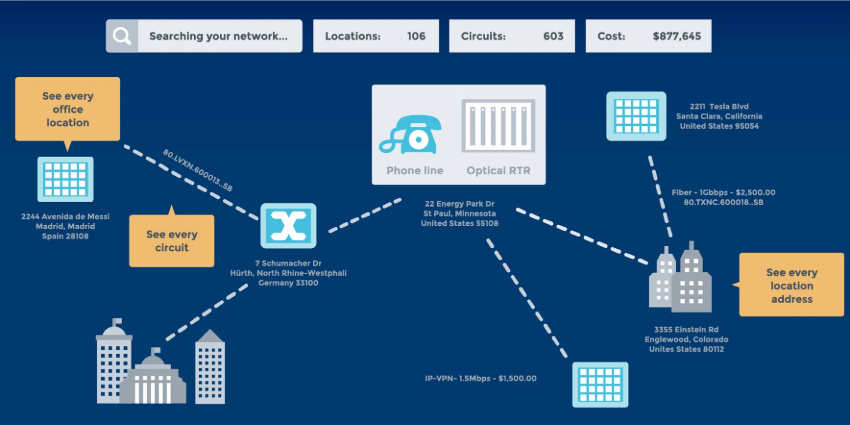Microsoft Teams has seen explosive growth over the past few years, rocketing to 270 million monthly active users, with 80 million Phone users.
The collaboration platform has been adopted by businesses of all sizes – from SMBs with 10 employees up to multinational enterprises with tens of thousands of workers.
This proves that Teams has made itself a crucial component of a business’ communication workflow, presenting a critical question: what happens if something goes wrong?
The Teams platform itself rarely goes down, but there are many other technologies and platforms involved in delivering the final user experience: whether that be office networks, a homeworker’s internet, the endpoint device, or the connection between teams and the telephony system.
There are many moving parts, meaning there are many elements to analyse when a performance issue arises.
Microsoft does help with this to a certain extent through its Call Quality Dashboard (CQD). CQD provides insight into how users are engaging with Teams. However, its functionality is limited when it comes to identifying the underlying causes of issues, and its lack of alerting can make using it a tedious manual process for IT administrators.
These limitations can be problematic, particularly in large enterprises with countless users and meeting rooms.
Martello helps businesses address this challenge, in part, by taking raw data made available by Microsoft and transforming it into actionable information.
“For us, the business model is simple,” Jean-François Piot, Vice President of Strategic Partnerships at Martello, told UC Today.
“Microsoft provides plenty of data, but customers often don’t know what to do with it, so we use our experience to transform that data into something that customers can understand and act on.”
Martello addresses this problem through its Vantage DX platform, which provides visibility across both Teams and the broader Microsoft 365 portfolio.
Vantage DX gives IT admins proactive insights on when, where and why an issue has occurred in Teams, even if this issue originates from beyond Microsoft’s technology. Martello estimates that 90 percent of Teams performance issues are not caused by Microsoft, making visibility of the entire set-up all the more important.
The system is designed to show IT staff where they need to focus their attention to resolve issues quickly. The alternative would be to wait for Teams users to log a ticket, which they typically don’t do promptly, if at all.
As part of Vantage DX, Martello deploys ‘robots’ to quickly identify issues across the various systems that are brought together to make Teams function. These robots behave like real users, testing all of Teams’ features and then alerting IT departments of issues instantly.
“Our goal is not to wait for a user to identify an issue to the IT team,” Piot said.
“We want the robot to identify the issue because, contrary to the user, they will alert right away.
“Users will wait a long time and only alert IT when they’re about to destroy their computer!”
Piot summed up Martello’s solutions as providing two key benefits at a high level:
- The ability to fix issues before they impact users
- An insurance policy for if something goes wrong that does disrupt users
On the second point, Piot said that IT admins can quickly arm themselves with the knowledge of what has gone wrong and present the issue, along with the fix, to the rest of the business.
“If you have an important meeting and the technology doesn’t work, executives won’t be happy, and they’ll want to know what happened,” Piot explained.
“If the IT team has no way to explain what has happened and what they’ll do to fix it, they will look bad. You buy a monitoring tool to be ready when there is a problem, so you can say, ‘this is the problem, this is how we’ll fix it, it won’t happen again’.
“This is insurance for the IT team because Teams is critical now. You need to have answers when Teams is not working properly.”
The explosion of remote and hybrid working means that platforms like Microsoft Teams are only going to become more important to businesses. Therefore, making sure they are perfectly optimised is crucial. Click here to read Martello’s detailed guide on how the analytics available in Teams can be turned into actionable insights.







